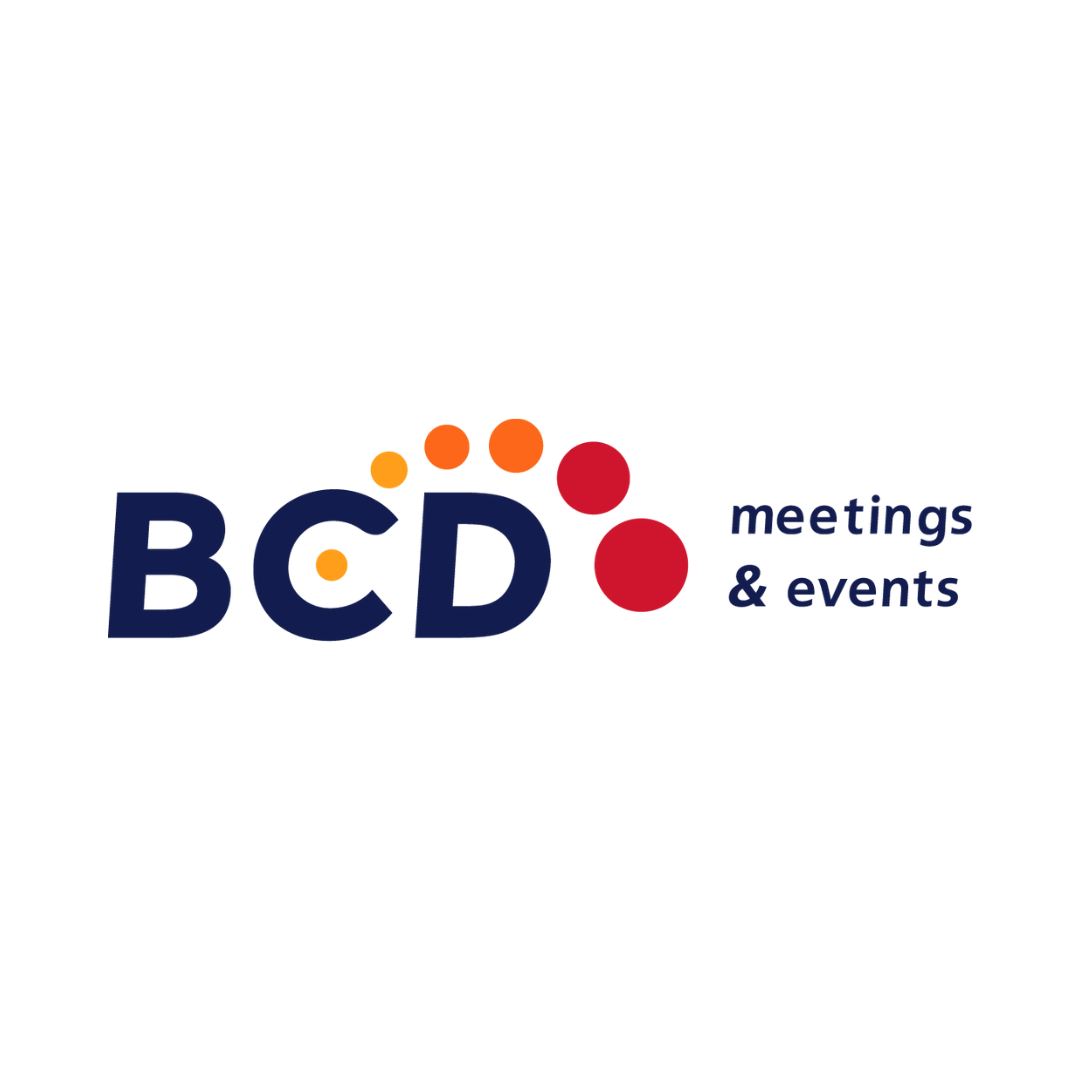It’s natural that networking plays a key role in meetings and events, as we are an industry driven by human connection. Face to face meetings and events provide opportunities to share ideas, develop new relationships, and create lasting change. In 2020 we had to re-imagine these opportunities to connect as we moved to a virtual environment. The question became: “How do you navigate networking in a virtual setting?”.
Properly executed virtual networking moments have became powerful tools that help bring us closer together when we are physically apart. But how do we successfully adapt a traditionally face-to-face tool to a predominantly virtual environment? And what can we do to continue creating meaningful connections while meeting apart?
Networking at a virtual or hybrid event
What makes networking so important?
Networking can often sound vague and intimidating, conjuring up images of rooms full of people grasping for ways to strike up meaningful conversations with strangers. In reality “networking” is just a fancier way to describe the process of building relationships. At its core, its primary purpose is to create meaningful connections that bring value to those involved in the long term. Across industries, this can look like:
- Creating and/or nurturing meaningful professional relationships
- Sharing knowledge
- Staying up to date on industry trends
- Discussing and digesting event content
- Finding new opportunities or discovering new talent
- Collaborating to uncover new ideas
Developing new relationships through successful networking can also add significant depth and diversity to your pool of resources. Within the meetings and events industry, networking can be a great way to develop relationships with new suppliers, media relations professionals, and industry experts; all professionals who could serve as excellent contacts for yourself or your clients during your future event planning needs.
Related article: What Does the Attendee Experience at Hybrid Events Look Like?
Strategies for networking in a (mostly) virtual environment
- Understand your audience: Demographics matter. Know who your attendees are to best engage them in a networking experience. A group of seasoned HCP’s may be comfortable diving straight into discussion around a topic pertaining to their field. On the other hand, a younger demographic of sales professionals may prefer a lighthearted icebreaker to start the conversation. You don’t take a one size fits all approach to designing your event, so your approach to networking shouldn’t either.
- Segment your networking sessions by topic: We gather lots of data and information from our attendees before the start of a meeting or event experience. Use that to your advantage by polling attendees about the types of topics and discussions they’d like to have during a breakout or networking session. Once you’ve gathered enough responses, segmenting those breakout rooms by topic can lead to more robust conversation and deeper connections since the attendees present already have at least one common interest in that particular area of discussion.
- Sometimes less is more: Large scale networking already had the potential to feel overwhelming before this pandemic forced us to shift to a more virtual format. It’s difficult to have a meaningful conversation in a virtual environment with 15 people on a Zoom call. But small groups of 4-5 may facilitate better conversation. Try downsizing your networking groups and breakout sessions so that people not only feel more comfortable with the prospect of networking, but also have better chances of connecting deeply with the people they meet in the room.
- Make sure your wireless connection is reliable: This may seem like an obvious best practice, but for hybrid events in particular its critical to have a stable and consistent internet connection. You don’t have control over your virtual attendees’ home setups, but if you have in-person and virtual attendees participating in joint networking, make sure your sessions are set up in a place within your venue with minimal connectivity issues. The last thing you want is for a great networking session to be interrupted or fizzle out because of a spotty wireless connection.
- Consider varying your format: Networking is often thought of as a live face-to-face interaction. But depending on your budget, time constraints, platform of choice, or audience, an alternative format may better suit the needs of your event and attendees. Utilizing virtual avatars or chatrooms instead of video conferencing could help better engage your attendees that may have been more nervous to participate in a live setting while still providing a collaborative forum for discussion.
Networking within virtual and hybrid events can present challenges for both planners and participants. But it’s important now more than ever that we continue connecting in ways that feel authentic, seamless, and continue to provide value. When you leverage technology to facilitate social interaction, consider both of your audiences, and employ innovative engagement strategies, you can create networking experiences for live and virtual participants that doesn’t skip a beat and maximizes human connection.
Originally published Jan 4, 2021 11:14:37 AM
Last updated on Jan 3, 2023 11:41:08 AM


